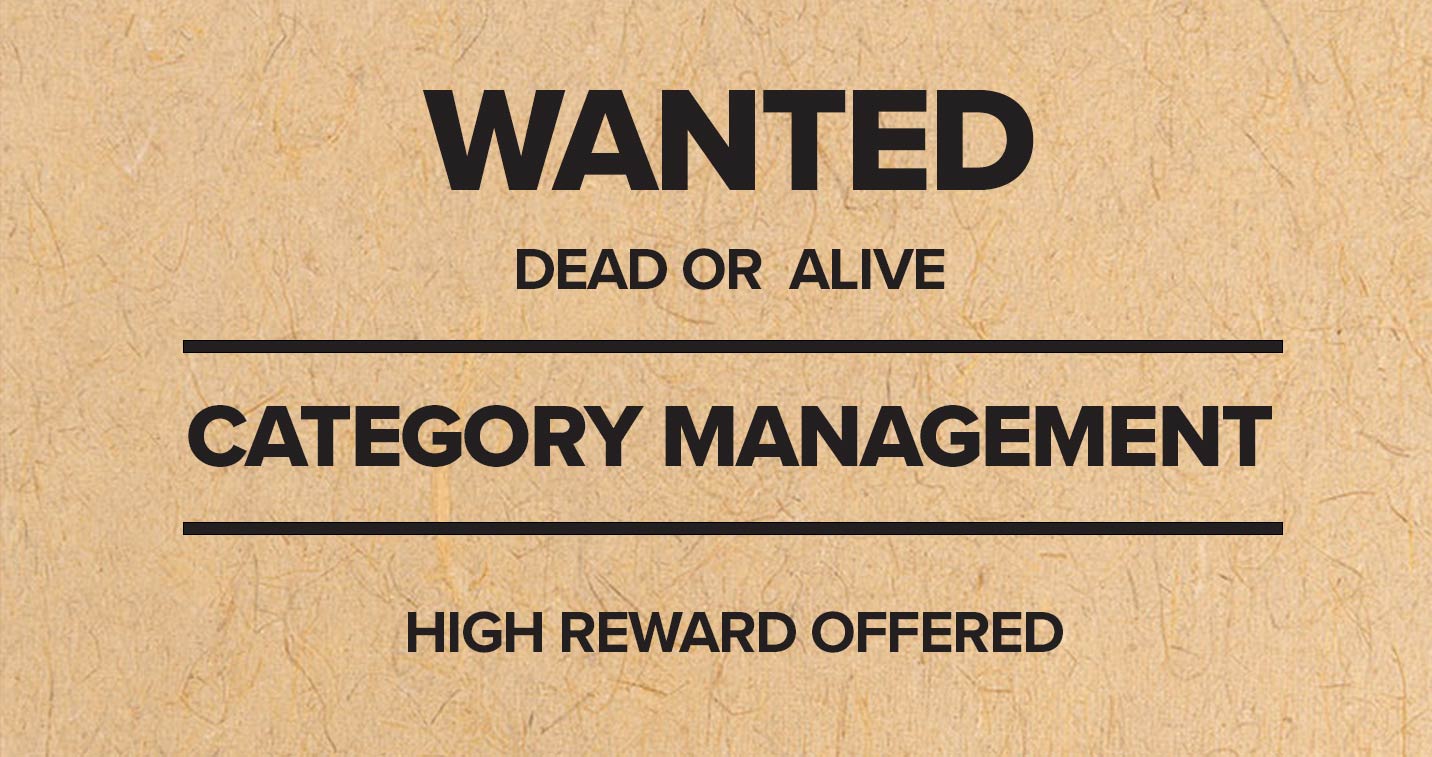“We are not investing in technology until the world is normal again!”
Many procurement solutions providers report hearing that out on the field when speaking with potential clients. I’m hearing it now more than ever!
After many years in the procurement business, I can tell that – in times of expected recession, not normal becomes normal – again. The procurement roller coaster of entering new normalities is challenging procurement massively for probably the 3rd time in less than three years. Procurement as a function is at risk of losing its role and reputation!
Supply chain disruptions, inflation, and sustainability requirements forced procurement stakeholders to engage with procurement; otherwise, the delivery of final goods and services to the customers would be at risk. Volatile market conditions permanently changed business requirements and ensured procurement both wanted and got that seat at the table. Stakeholders were forced to extend trust to procurement to resolve short-term bottlenecks; Because procurement has the know-how to ensure business continuity, has deeper insight, and is empowered to contribute to the top and bottom line.
A recession might change the hard-won pattern procurement has long been fighting for. To maintain profitability and shareholder value, top management will again initiate transformation programs, reduce the workforce, and look for extra cost reductions wherever possible. It is a peak season for top consultants – true winners of every recession. The trust developed in procurement will again be rechallenged. Consultants will again look for “opportunities” procurement could not capture alone. This will be a good test for procurement, where they can establish extended trust won over the past years.
So how is all that connected to technology? Millions will be invested in external consulting support instead of technology. I seriously doubt the outcome of such projects. Although billions were spent on consulting projects in past decades, most procurement organizations say they are “not mature enough.” Today’s technology has enough substance to ensure success in difficult times and support procurement professionals to achieve stretched targets. It is time to increase adoption and capabilities instead of letting 3rd parties do procurement jobs.





